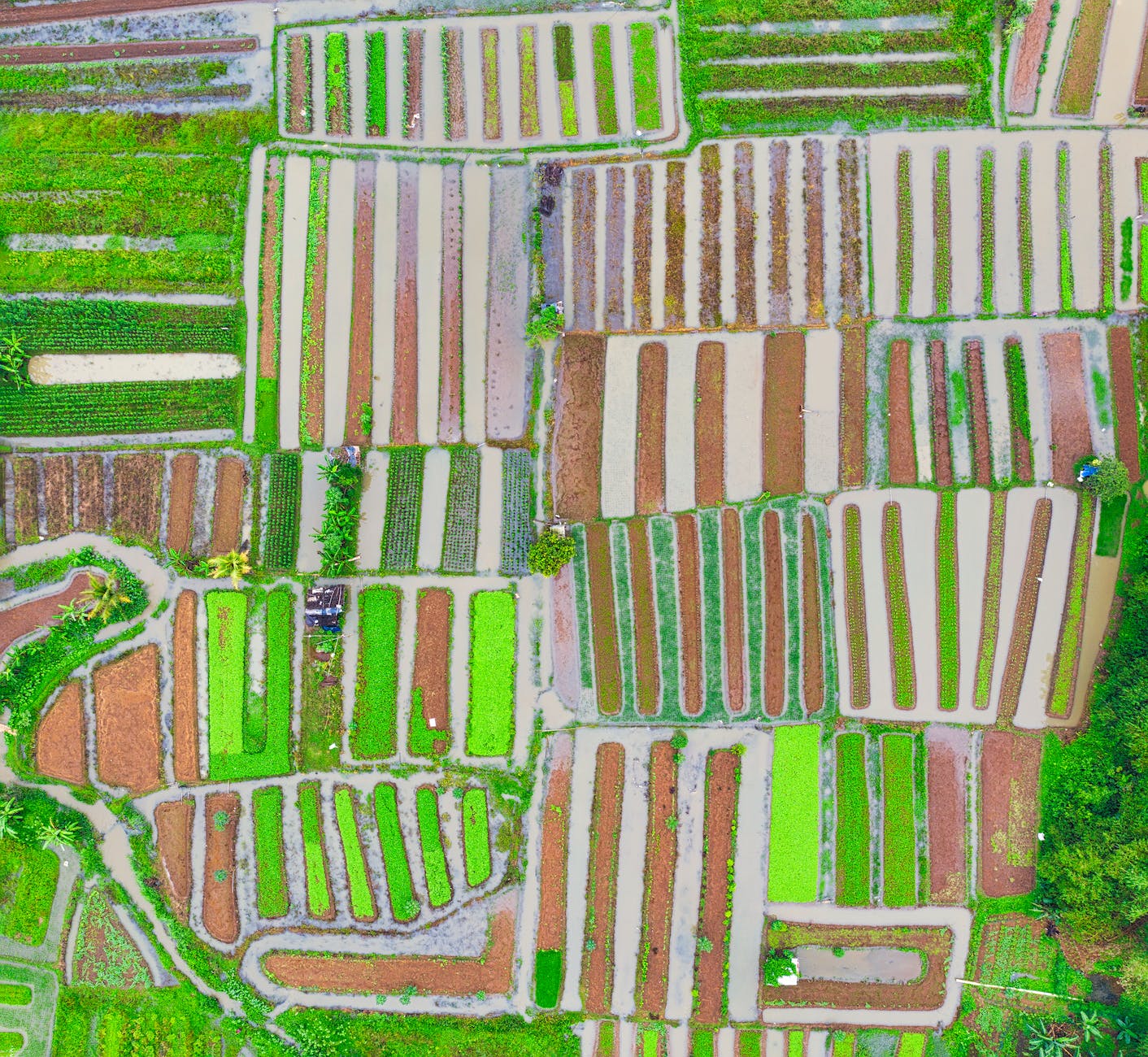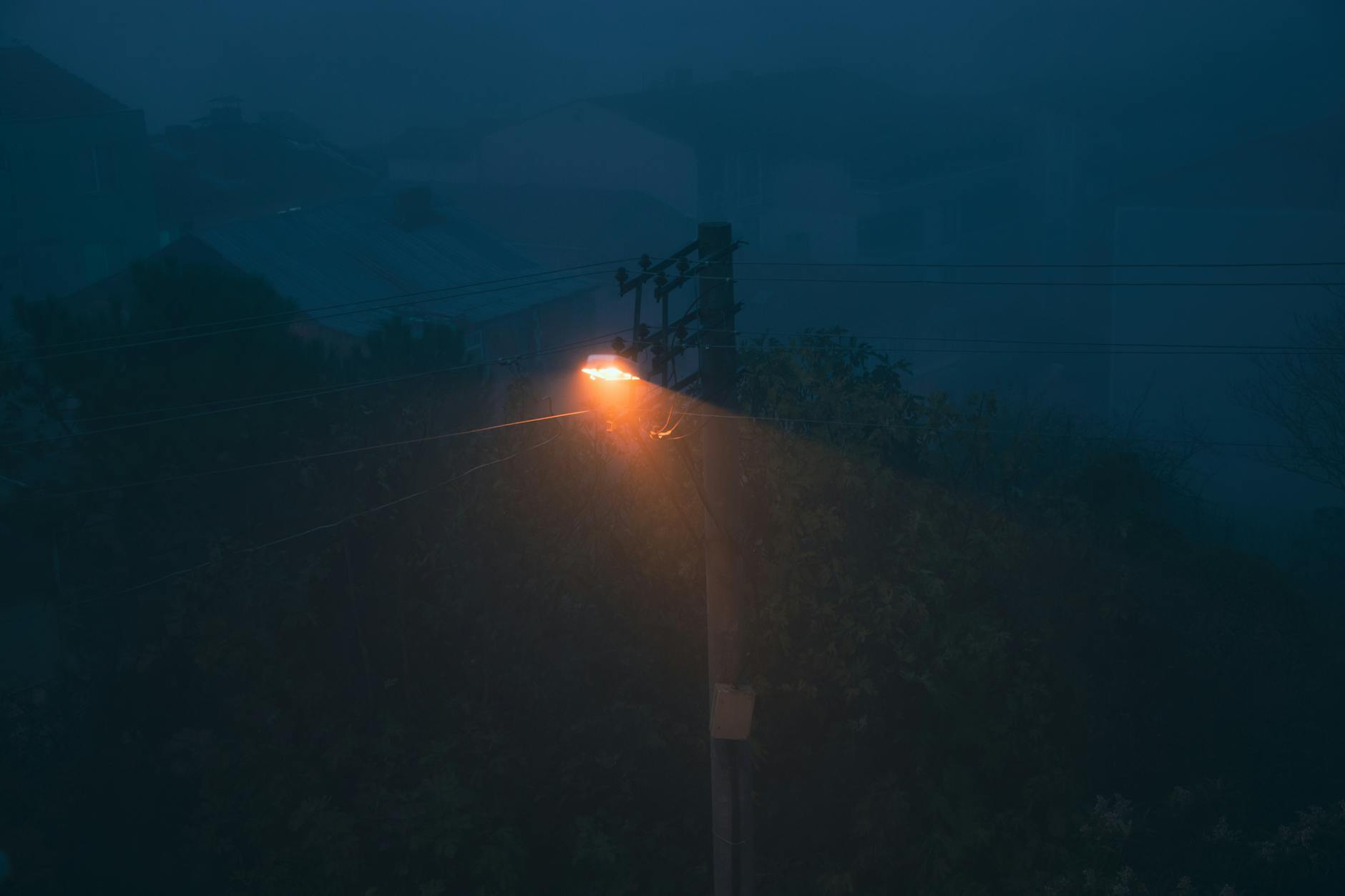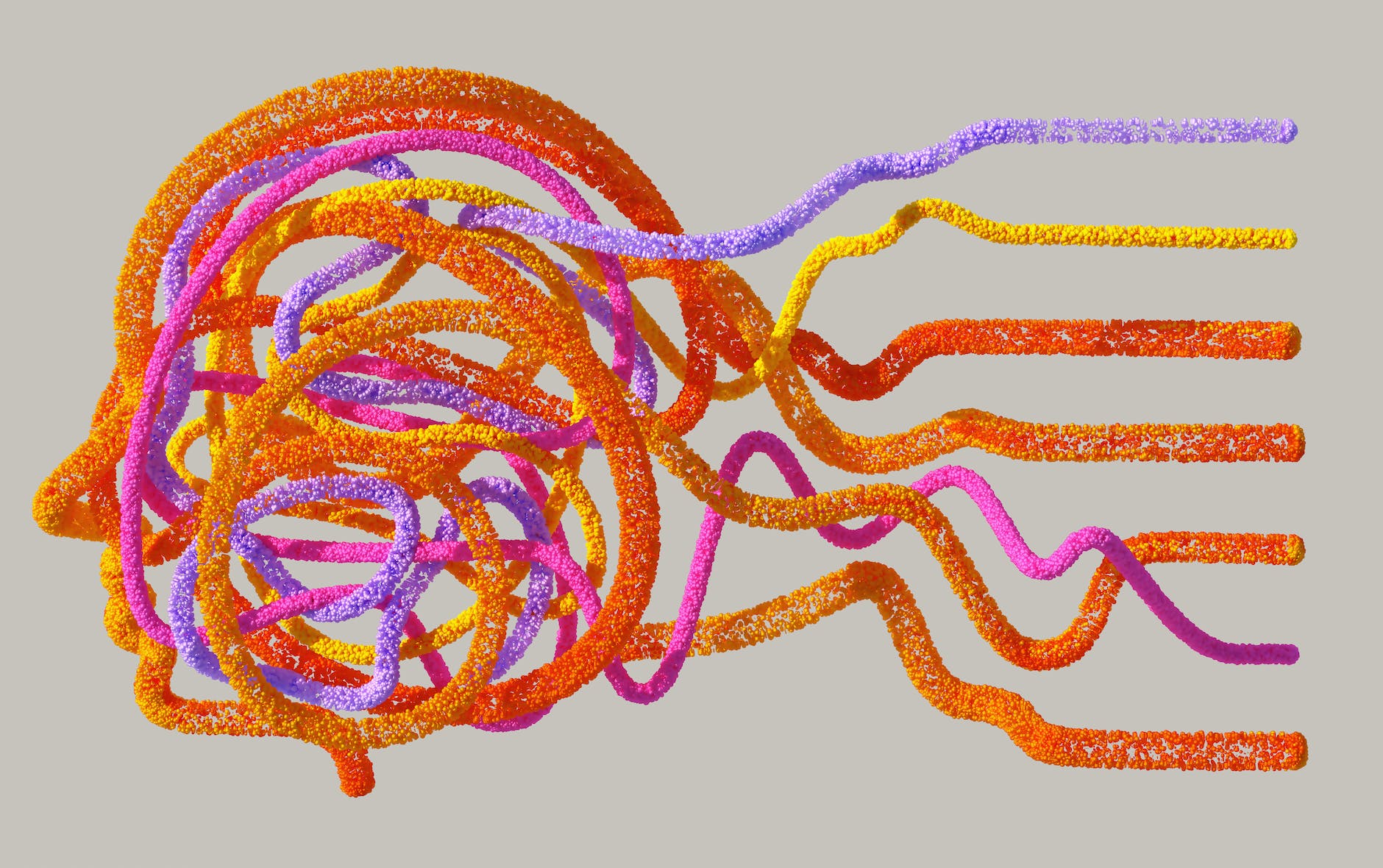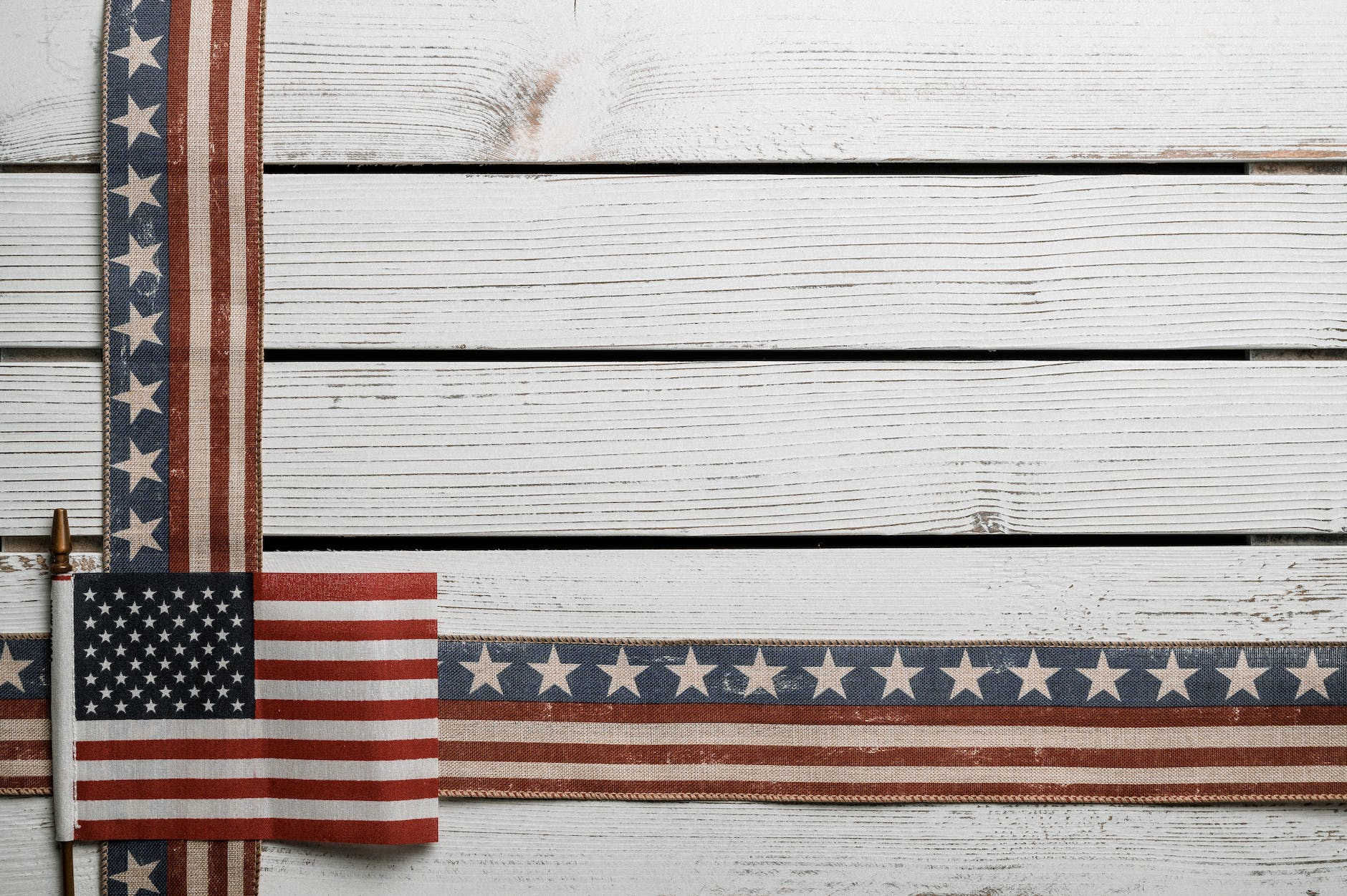Nature has been a muse to artists since the birth of time. In its infinite breadth and diversity, it fosters the creative mind, invoking the awe-inspiring power of the universe. Psychedelic art, as an aesthetic universe, is known to often weave itself through the loom of nature-inspired art. Its idiosyncratic style and transcendental ethos gravitate towards the organic forms, landscapes, and fundamentally, to an ecological consciousness. This intersection of psychedelic art and nature is not just an exploration of visual aesthetics, but it also carries profound implications on environmentalism and our connection to the natural world.
At its core, psychedelic art is characterized by the exaggerated representation of reality and its sensory interaction. The use of vibrant colors and complex patterns imitates the heightened perceptions induced by psychedelics. Apparitions of plant spirits, frequently seen in the visions of South American shamanic ceremonies, for example, infiltrate into the canvas becoming ubiquitous symbols of the psychedelic ethos. Theplant spiritsA, represented as anthropomorphic entities, embody the acknowledged interconnectedness between humans and nature, blurring boundaries between self and ‘the other’.
Visions of landscapes often pronounced in psychedelic pieces mirror the vestiges of such profound connection to nature. These are not mere portrayals of lush forests or serene lakes but are profound homage to Gaia—the personification of Earth in ancient Greek mythology, now applied to the concept of the Earth as a vibrant, living organism. Coloring the canvas with intricate landscapes communicates the notion of Gaia and the intimacy of our bond with the planet.
Psychedelic art’s affinity to organic forms emphasizes this bond further. The multicultural phenomenon of seeing and illustrating intricate, colourful, and flowing patterns during psychedelic experiences often matches the inherent complexity seen in natural forms. Associations with sacred geometry, the geometrical laws that create the physical reality, offers an identifiable “divine” structure within these illustrations. That’s why, the designs encountered typically include spirals, fractals, webs, and waves—forms fundamental to the construction of our natural world—from galaxies to DNA strands, from seashells to the pattern of tree branches.
This immersion in nature, though, goes beyond the canvas. It fuels an ecological consciousness, amplifying the awareness of our environmental responsibilities. The infusion of nature in every stroke or pixel of psychedelic art forms a unifying narrative that promotes a deep reverence towards our planet and its other-than-human inhabitants—plants, animals, mountains, rivers, oceans.
With the growing consciousness towards environmentalism, psychedelic art plays an influential role by embedding environmental messages in its renderings, as layers within visuals. The explicit representation of our dwindling natural world in some contemporary psychedelic pieces stands as a stark reminder of our duties towards Mother Earth.
Appreciation of the inherent interconnectedness in the psychedelic experience, and its manifestation in art, allows us to understand the delicate balance of our planet, underscoring the urgency for sustainable practices. It provides a platform to transcend the anthropocentric worldview and embrace a more biocentric ethos. Psychedelic artists, such as Alex Grey, convey poignant environmental messages through their work, shedding light on the systemic structures causing the ecological crisis and urging collective action for change.
In conclusion, the intersection of psychedelic art and nature is a riveting journey through colours, patterns, and landscapes, leading us to a deeper understanding of our external world and our internal selves. It’s a testament to the profound connection between humans and nature, and the need for symbiosis with our environment. Psychedelic art and its reflection on nature, thus, stand as a vivid and potent expression of individual and collective responsibility towards Earth, painting a world where creativity endeavours for harmony within the greater cosmic order. Through this vibrant and immersive artistic form, we explore not just art’s encapsulation of nature but our integral part in the great web of life.








